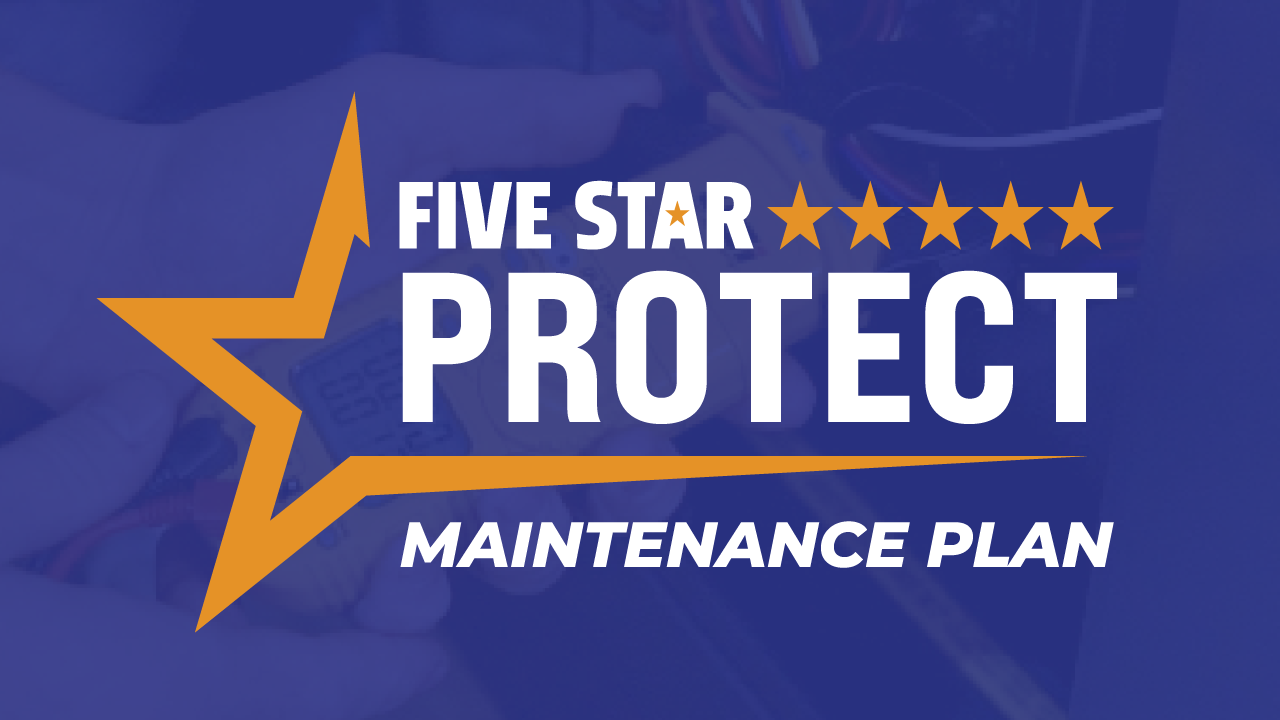With the onset of spring, our focus naturally shifts to the rejuvenation of the season. Yet, for numerous homeowners, spring presents an opportune moment for thorough cleaning – be it a deep cleanse or addressing long-overdue organizational endeavors. We just want to remind you to remember to include your plumbing system in these tasks. This is because, following the winter period, providing seasonal maintenance to your plumbing system to guarantee it functions optimally and is prepared for the season ahead is rather crucial.
Always keep in mind that neglecting certain components may result in expensive repairs in the future. Today, Centerville Plumbing & Drain aims to equip you with our practical spring preparation tips to protect your home and plumbing system. This will offer you peace of mind as you proactively prepare for the upcoming spring season.
1. Inspect Your Water Heater
Your water heater serves as a reliable asset, consistently delivering heated water to ensure your comfort and convenience. As spring approaches with warmer temperatures, it might be enticing to overlook your water heater’s maintenance. Nevertheless, now is actually the ideal time to conduct a thorough inspection of your water heater to make sure it is running as it should be.
- Temperature Check: To begin, you should verify and ensure that the temperature of your water heater is set to the recommended level (120 degrees Fahrenheit or slightly lower according to the CPSC (The Consumer Product Safety Commission).
- Visual Check: Next, let’s inspect your water heater overall with a quick visual check, including valves and connections, for any signs of corrosion. Should you observe rust, corrosion, or any anomalies, we recommend promptly engaging a professional to evaluate the extent of the damage. While it may be nothing serious, timely identification and resolution of any unnoticed issues from previous months are crucial to prevent them from escalating into more significant and costly problems down the road.
- Audible Check: Unusual noises serve as an additional type of early warning signal, suggesting potential strain on the system. If any unfamiliar sounds are detected, please contact a professional. Odd sounds like sizzling, hissing, or crackling may indicate the need to drain your water heater.
- Dust Check: You may find the space around the water heater is layered with dust and dirt. If this is the case, take a moment to gently sweep around the heater. You may utilize a vacuum with a nozzle attachment if necessary. Just be sure to practice caution and move carefully. If the unit has dust on top of it, carefully wipe down the water heater with a damp cloth. Just remember to wipe it dry afterward.
Please be aware that a water heater generally lasts around 8-12 years, contingent upon maintenance. If yours is nearing this lifespan, it may be prudent to contemplate a replacement.
Fun Fact: Did you know the first day of spring this year is on March 19, 2024?
2. Inspect Your Sump Pump
For households equipped with a sump pump, it is important to note that the early spring marks the onset of high-water tables. Of course, April is well known for its rainfall. Therefore, you’ll want to verify that your sump pump is well-maintained and prepared to manage the workload effectively to prevent potential disasters such as basement flooding. Prioritizing the protection of your personal belongings and the structural soundness of your residence is a prudent measure that you will never regret undertaking.
- Test Check: Check that the sump pump is functioning accordingly. This can be accomplished by pouring a bucket of water into the sump pump’s pit to assess the pump’s response and make sure it operates smoothly. If it does not turn on or respond as it should, you can try troubleshooting it. Click here for some information on how to troubleshoot your sump pump or feel free to give us a call so we can diagnose your issue for you!
- Pit Check: Inspect the pit of the sump pump for any accumulated debris or sediment to prevent obstruction of the pump and maintain its efficiency. If any loose debris is detected, carefully eliminate it. Confirm the secure placement of the sump pump lid to prevent debris from entering. In addition, be sure to maintain cleanliness around the sump pump area to avoid potential plumbing issues.

3. Inspect Your Indoor Drains
April showers bring… drain clogs? While that’s not exactly how the traditional saying goes, the rainy spring season can certainly challenge your home’s drains. Debris buildup can hinder drainage, causing standing water and potential overflow. To prevent these issues, ensure all your drains are clean, clear, and functioning optimally for a seamless spring season.
- Kitchen Sink: If you have a garbage disposal in your kitchen sink, activate it to confirm proper functionality and drainage. This kitchen component is frequently used, so proper maintenance is essential. Furthermore, you can utilize natural remedies such as baking soda and vinegar to clean the sink drain. For a pleasant aroma, consider adding lemon juice. It’s best to avoid harsh chemical drain cleaners as they can harm your drain and pipes.
- Bathroom Sink, Tub, Shower & Toilets: Ensure regular maintenance of all bathroom drains to prevent blockages. Remove drain stoppers and screens from the bathroom sink, tubs, and showers, then clean out any hair and debris accumulation from them. Test your drains by running water to check for proper drainage. You should also verify that the toilets flush correctly without issues.
- Floor Drains: Sweep around floor drains to remove stray hair, dust, and particles. If your floor drains are due for a little cleaning, you can flush them with hot water. For deeper cleaning, vinegar and baking soda can be used; just make sure that they are thoroughly rinsed with water afterward so no residue is left.
4. Inspect Your Gutters, Downspouts, & Outdoor Drains
Now, let us transition outdoors. The functionality of your gutters and downspouts in diverting water away from your residence is pivotal! It is imperative to incorporate this task into your spring-cleaning regimen. This is because blocked gutters have the potential to cause water accumulation near your foundation, leading to more issues. With the thawing of winter debris, unexpected materials may obstruct water flow within your gutters. Therefore, it is important to confirm that your gutters and downspouts are prepared for the forthcoming spring season.
*Prioritize safety! If you are unsure about your safety on a ladder or lack the proper tools for the task, please do not be afraid to seek the expertise of a professional.
- Check the Gutters: Prepare your ladder, gloves, and cleaning tools to maintain your gutters. While they might not need a cleaning just yet, it’s essential to inspect them before the onset of heavy April showers. Please, gently clear any debris from your gutters if you do find anything that needs to be cleared.
- Check the Downspouts: Downspouts should not be disregarded during your gutter inspection. They play an equally vital role in your gutter system. While your gutters may be clean and ready to handle rainfall, obstructed downspouts will still impede proper drainage. So, it is crucial to inspect and maintain these components. If necessary, carefully remove the lower section to check for blockages. Clear any debris such as leaves and twigs before securely reattaching it. Additionally, consider using a downspout extension to redirect water further away if required.
- Check the Outdoor Drains: It is common for loose leaves, flower petals, sticks, and mud to accumulate over drains. Some debris may have gathered over your outdoor drains during the winter and could continue to do so in the spring. To avoid this, conduct a brief inspection of all outdoor drains in your yard and surrounding areas to ensure they are unobstructed. If you identify any blockages, remove them cautiously using a rake or outdoor broom.
By ensuring gutters, downspouts, and outdoor drains are clear, you are safeguarding the structural integrity of your plumbing system and enhancing your home’s resilience against erosion and flooding. This approach yields benefits for both your property and peace of mind! Sounds like a win-win to us!
Spring heralds a season of new beginnings, making it an ideal time to reassess the health of your plumbing system to ensure it can meet the demands of the warmer months ahead. By integrating these four essential plumbing checks into your seasonal home maintenance routine, you will not only help to avert potential disasters but also extend the longevity of your plumbing system. But please remember; certain tasks may necessitate professional assistance, so it’s prudent to engage a qualified plumber such as Centerville Plumbing & Drain for any issues beyond your expertise.
Call Centerville Plumbing & Drain today at (937) 240-0169, or schedule an appointment online now by clicking here!




